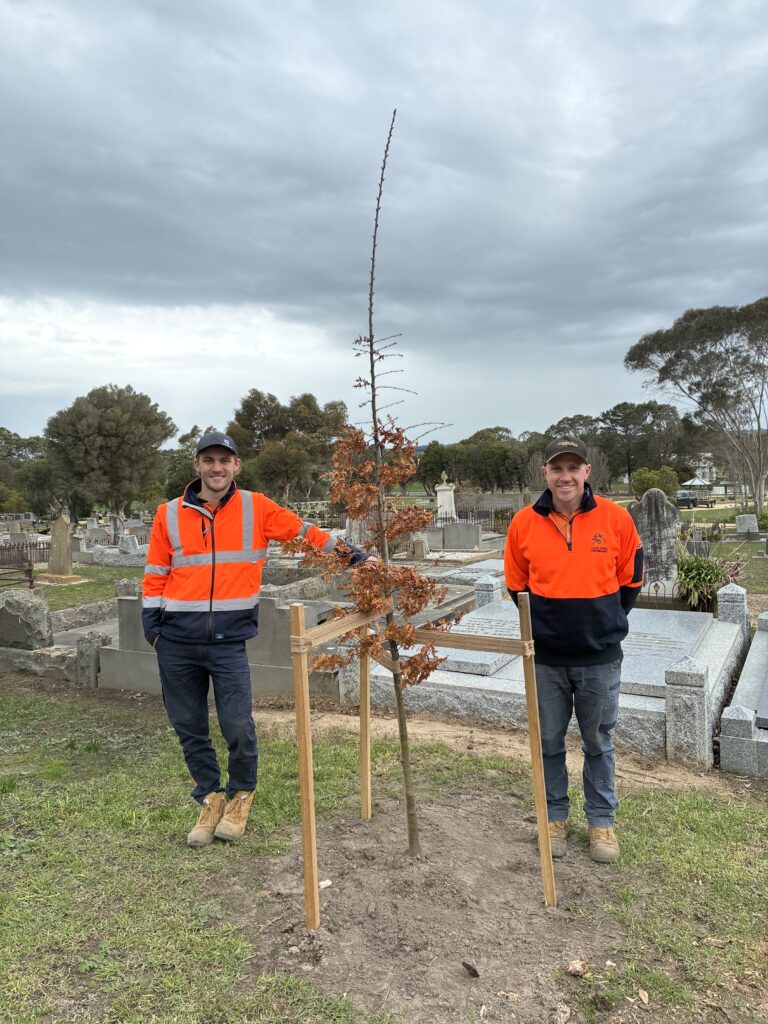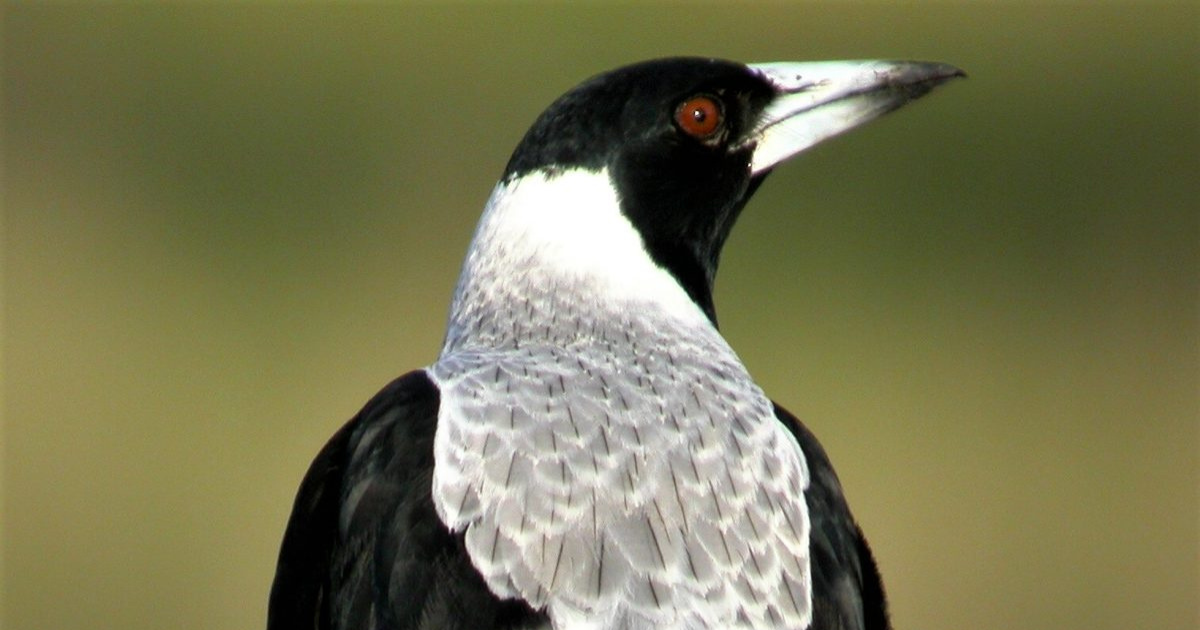New plantings link Winchelsea Cemetery to town’s green trail

Winchelsea cemetery has become the latest local landmark to join the expanding Winchelsea Arboretum Trail, with the first trees planted this week.
WINCHELSEA cemetery has become the latest local landmark to join the expanding Winchelsea Arboretum Trail, with the first trees planted this week.
The trail, a community-driven initiative by Growing Winchelsea, will create links, or “greenways”, between the township’s established trees.
Envisaged as a major tourist attraction for the town, once complete, the trail will cross-cross through Winchelsea, connecting natural features like the Barwon River with local reserves and sports facilities, cultural landmarks, and historical buildings such as Barwon Park Mansion and Winchelsea Railway Station.
“This planting within the cemetery enriches one of our town’s key sites, bringing life and shade, meaning and memory to the Arboretum Trail network,” Naida Hutton, convenor of the Winchelsea Arboretum Trail sub-committee said.
Planting at Winchelsea Cemetery will be completed in stages, with the aim of enhancing the visitor experience, boosting biodiversity and contributing to increased tree canopy cover throughout the town.

Gum, oak and evergreen varieties were chosen for their botanical diversity, and Geelong Cemeteries Trust, which oversees the site, will continue adding new trees each year.
Geelong Cemeteries Trust chief executive Dean Matthews said planting the specimen trees is both an environmental and cultural investment in the community’s future.
“We’re proud to include Winchelsea Cemetery in the Arboretum Trail, forging connections between heritage and nature,” he said.
The Arboretum Trail has the backing of the Surf Coast Shire, which allocated funding to the project in its 2025-26 budget, and state government, which has contributed up to $40,000 for interpretive signage through its latest Tiny Town grant program.
It is hoped the trail will boost community wellbeing, beautify the town, purify the air, provide valuable habitat for local wildlife, bring more visitors to the region, and act as an education piece to inform locals and visitors about his history and Traditional Owners.

















